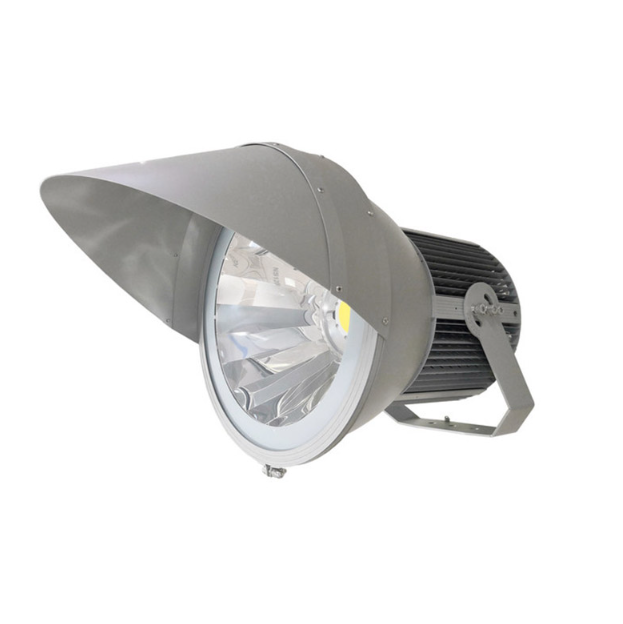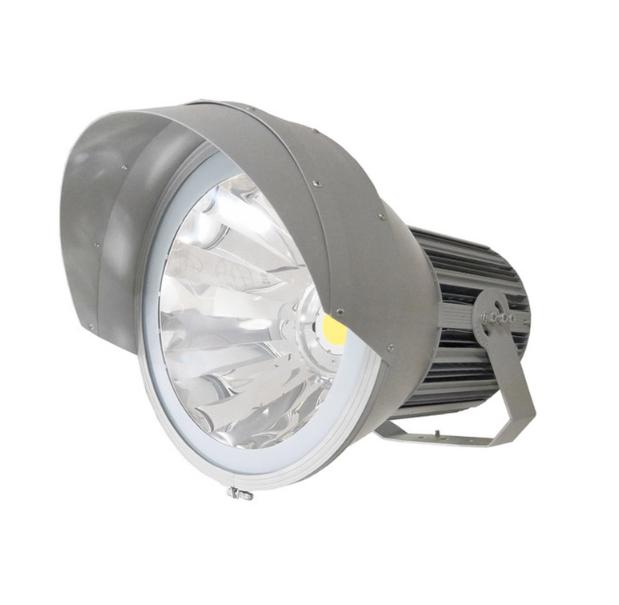Investing in stadium lighting involves careful consideration of upfront costs, ongoing operational expenses, and the impact on performance and audience experience. Manufacturers like CAS-CERAMIC OPTOELECTRONICS TECHNOLOGY CO., Ltd. offer advanced solutions that balance cost-effectiveness with quality, ensuring stadiums can optimize lighting conditions for various sporting events. By learning from case studies and examples, stakeholders can make informed decisions that enhance both financial sustainability and the overall sporting experience.
Introduction
Stadium lighting plays a crucial role in enhancing both player performance and audience experience. Beyond mere visibility, well-designed lighting contributes to the safety of players, allows for high-definition broadcasting, and creates an immersive atmosphere for spectators.
Impact on Player Performance
Lighting directly affects how players perceive and react in a game. Proper illumination reduces glare, shadows, and uneven light distribution, thus improving visibility and reducing eye strain. This contributes to better performance and reduces the risk of injuries.
Audience Experience
For spectators, lighting sets the mood and enhances the overall experience of attending a sporting event. It ensures clear visibility of the action on the field or court, regardless of the time of day or weather conditions. High-quality lighting also enables broadcasters to deliver crisp, clear images to viewers worldwide.
Types of Stadium Lights
LED Lights
LED lights are highly favored for their energy efficiency, long lifespan, and superior light quality. They offer precise control over light direction and intensity, reducing light spillage and ensuring uniform illumination across the playing area.
Energy Efficiency
LED lights consume less energy compared to traditional options like metal halide or high-pressure sodium lights. This translates to significant cost savings over the long term, despite higher initial investment costs.
Durability
LEDs are known for their durability and reliability, requiring minimal maintenance over their lifespan. This makes them ideal for installations in stadiums where access for maintenance may be challenging.
Light Quality
LED technology provides excellent color rendering and consistency, crucial for broadcasting and enhancing the visual experience for both players and spectators.
Metal Halide Lights
Metal halide lights have been a popular choice for stadium lighting due to their initial affordability and good color rendering properties. However, they are less energy-efficient compared to LEDs and require more frequent replacement of bulbs.
Color Rendering
Metal halide lights offer good color rendering, making them suitable for venues where accurate color perception is important, such as in broadcasting.
Longevity and Maintenance
Despite their lower energy efficiency, metal halide lights can provide adequate lighting for stadiums with lower usage hours or budget constraints.
High-Pressure Sodium Lights
High-pressure sodium lights are known for their high efficiency in terms of lumens per watt, making them suitable for large stadiums where high light output is required.
Efficiency
These lights offer excellent energy efficiency but typically have a shorter lifespan compared to LEDs and require warm-up time to reach full brightness.
Application
High-pressure sodium lights are often used in stadiums where cost-effectiveness and high light output are prioritized over color rendering and energy savings.
Factors Influencing Stadium Lights Price
Technology and Type
LED vs. Traditional Lights
Compare the upfront costs and long-term savings between LED, metal halide, and high-pressure sodium lights. Highlight advancements in LED technology that contribute to reduced maintenance and energy costs over time.
Innovative Features
Discuss innovations such as glare prevention technology, advanced heat management systems, and smart lighting controls that enhance performance and reduce operational costs.
Manufacturer Influence
CAS-CERAMIC OPTOELECTRONICS TECHNOLOGY CO., Ltd., for instance, emphasizes high lumen output and reliability through phosphor ceramic light sources and top-grade drivers, contributing to overall cost-effectiveness.
Size of the Stadium
Illumination Requirements
Explain how the size and layout of a stadium influence the number and type of lights required. Larger stadiums may necessitate higher lumen output and more lights to achieve uniform illumination.
Customization Needs
Discuss how customized lighting designs can optimize energy usage and performance for specific sporting events, accommodating both large-scale tournaments and smaller, local games.
Case Studies
Provide examples of successful stadium lighting projects, detailing how different sizes and layouts were addressed to meet unique lighting requirements.
Installation Costs
Labor and Equipment
Break down the costs associated with installing stadium lights, including labor for mounting fixtures at heights and equipment required for wiring and power distribution.
Maintenance Considerations
Factor in ongoing maintenance costs for each type of lighting, highlighting differences in bulb replacement intervals, cleaning requirements, and potential downtime for repairs.
Return on Investment
Discuss how investing in high-quality, efficient lighting solutions can lead to long-term savings through reduced energy consumption and maintenance expenses.
Cost Breakdown of Stadium Lights
Types of Stadium Lights and Their Costs
LED Lights
LED stadium lights typically range from $500 to $1500 per fixture, depending on the wattage and brand. For example, high-end brands like CAS-CERAMIC OPTOELECTRONICS TECHNOLOGY CO., Ltd., offer LED fixtures with advanced features such as glare prevention and high lumen output, which can be priced at the higher end of this spectrum.
Metal Halide Lights
Metal halide stadium lights are generally more affordable upfront, ranging from $200 to $600 per fixture. However, they have higher operational costs due to their lower energy efficiency and shorter lifespan compared to LEDs.
High-Pressure Sodium Lights
High-pressure sodium lights are priced similarly to metal halide lights, ranging from $200 to $600 per fixture. They are favored for their high lumen output but are less efficient and have limited color rendering capabilities.
Popular Brands and Stadium Lights Price Ranges
CAS-CERAMIC OPTOELECTRONICS TECHNOLOGY CO., Ltd.
CAS-CERAMIC OPTOELECTRONICS TECHNOLOGY CO., Ltd. offers a range of stadium lighting solutions with Stadium Lights Price varying based on specifications:
Their LED stadium lights range from $800 to $1500 per fixture, depending on wattage and features.
The company emphasizes high efficiency and durability through advanced technologies like phosphor ceramic light sources and top-grade drivers.
For more free quote information, please feel free to contact CAS-CERAMIC:
Phone: +86-0591-62097869
Other Leading Brands
Philips Lighting: Known for high-quality LED stadium lights, their Stadium Lights Price ranges from $1000 to $2000 per fixture.
Musco Lighting: Specializes in customized lighting solutions for stadiums, with costs typically starting from $1500 per fixture.
Ongoing Operational Costs
Maintenance
LED lights generally require minimal maintenance compared to traditional options like metal halide or high-pressure sodium lights. Annual maintenance costs can range from $50 to $100 per fixture for cleaning and inspection.
Electricity
LED lights are highly energy-efficient, consuming 40-60% less electricity than metal halide or high-pressure sodium lights. This results in significant savings in operational costs over the lifespan of the fixtures.
Replacement Costs
Metal halide and high-pressure sodium lights require regular bulb replacements, costing approximately $100 to $300 per bulb. LED lights have longer lifespans (up to 50,000 hours), reducing the frequency and cost of replacements.
Conclusion
In conclusion, stadium lighting is a critical investment that significantly impacts both sporting events and spectator experiences. By understanding the different types of lights available, factors influencing Stadium Lights Price, and technological advancements, stakeholders can make informed decisions to enhance performance, save costs, and create memorable experiences for athletes and fans alike. For manufacturers like CAS-CERAMIC OPTOELECTRONICS TECHNOLOGY CO., Ltd., prioritizing quality, efficiency, and innovation ensures that stadium lighting solutions meet the highest standards of performance and reliability.
Post time: Jun-18-2024







